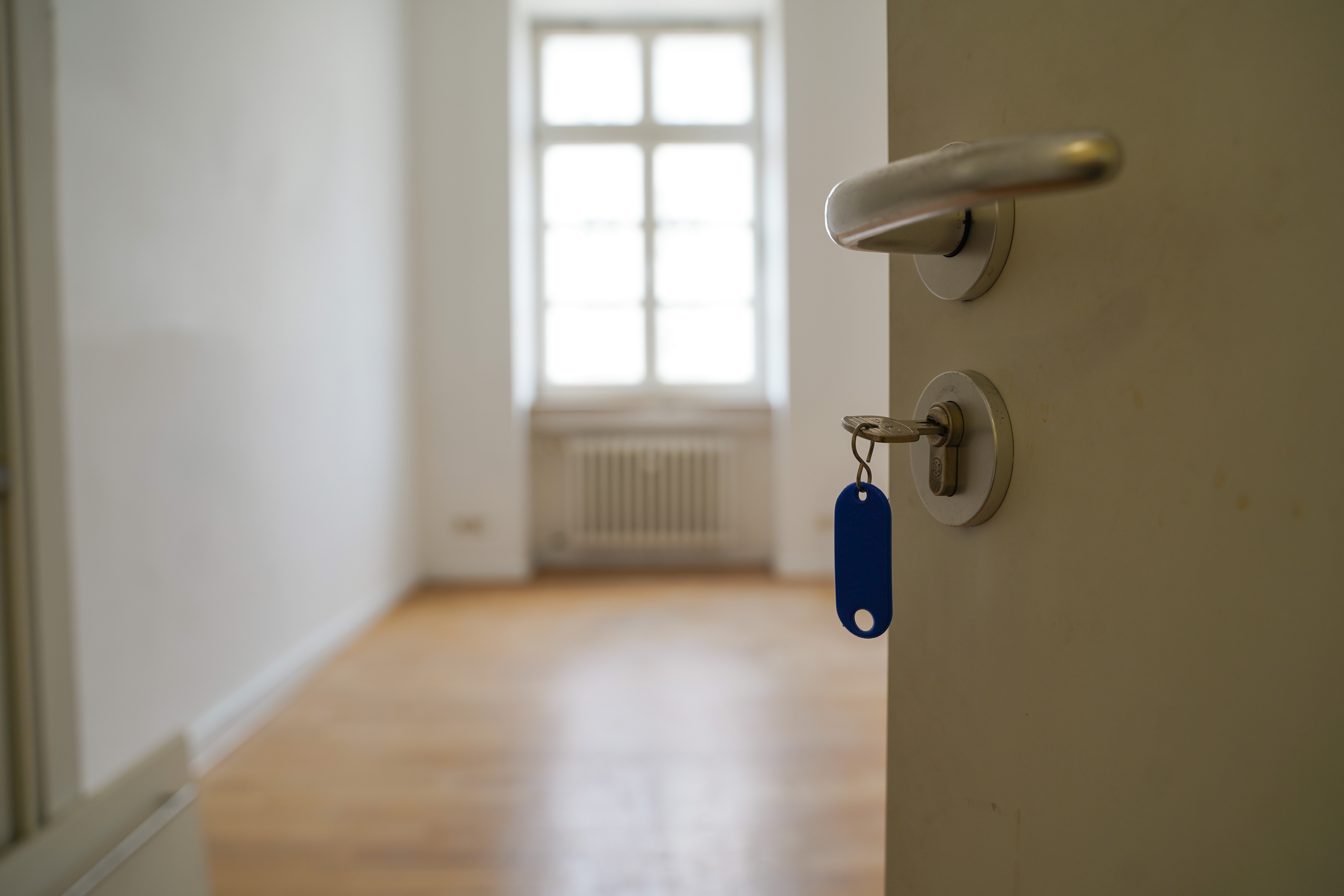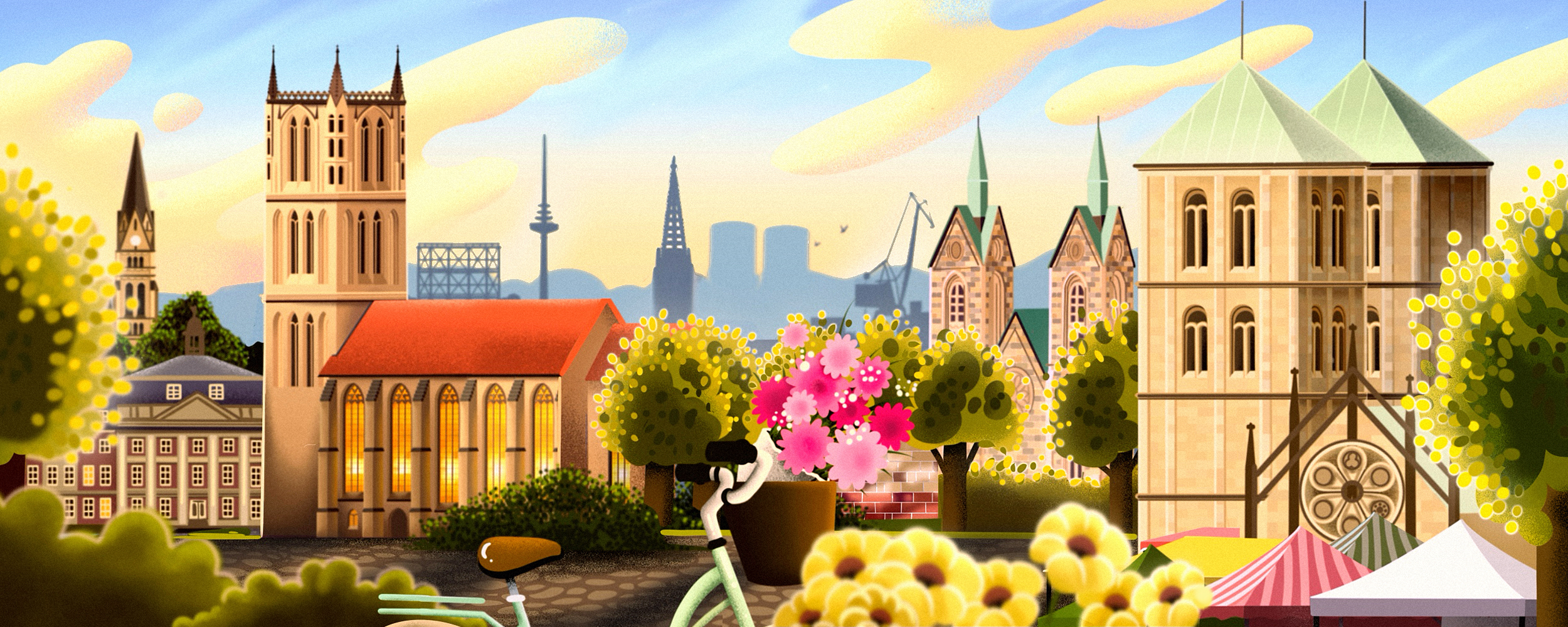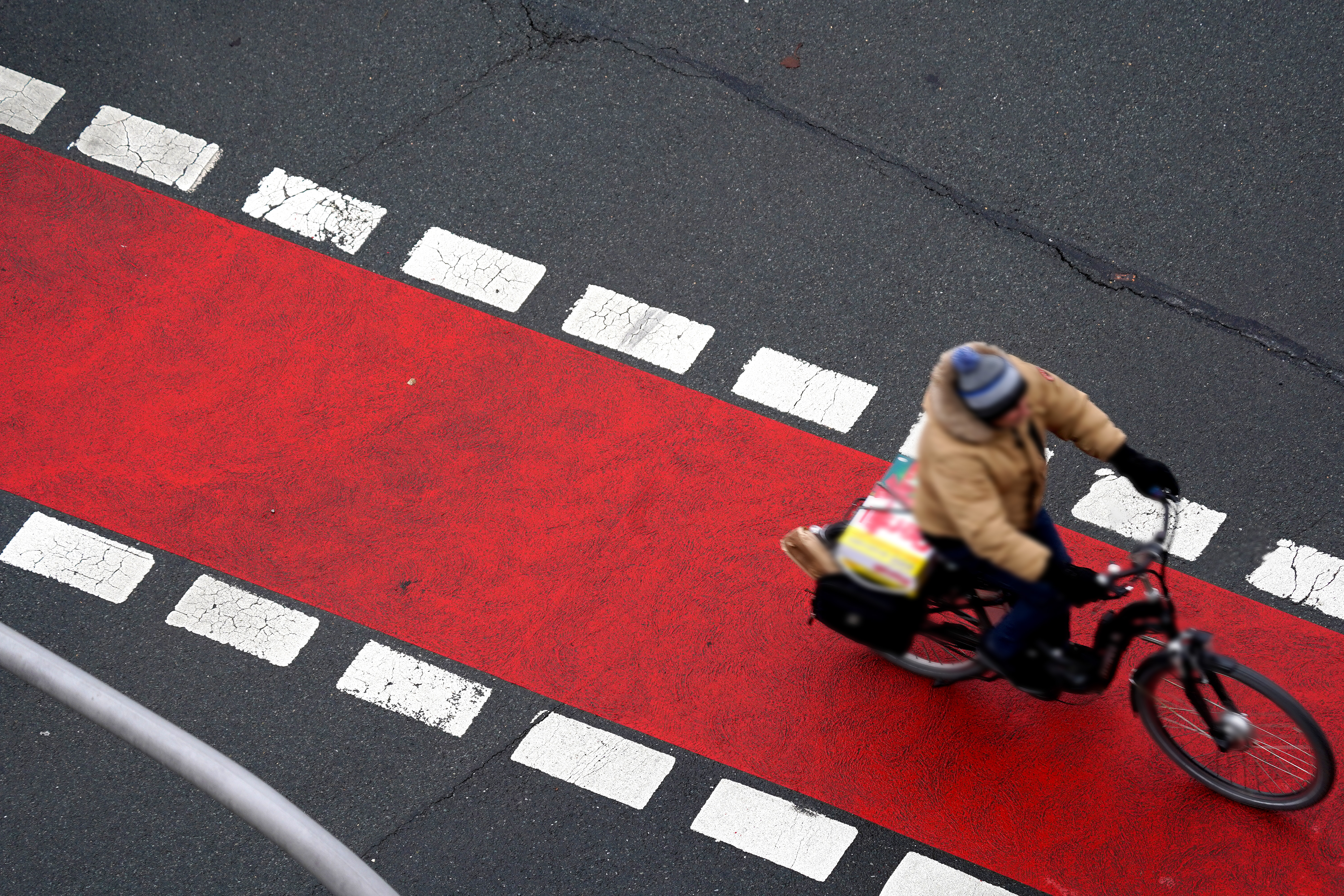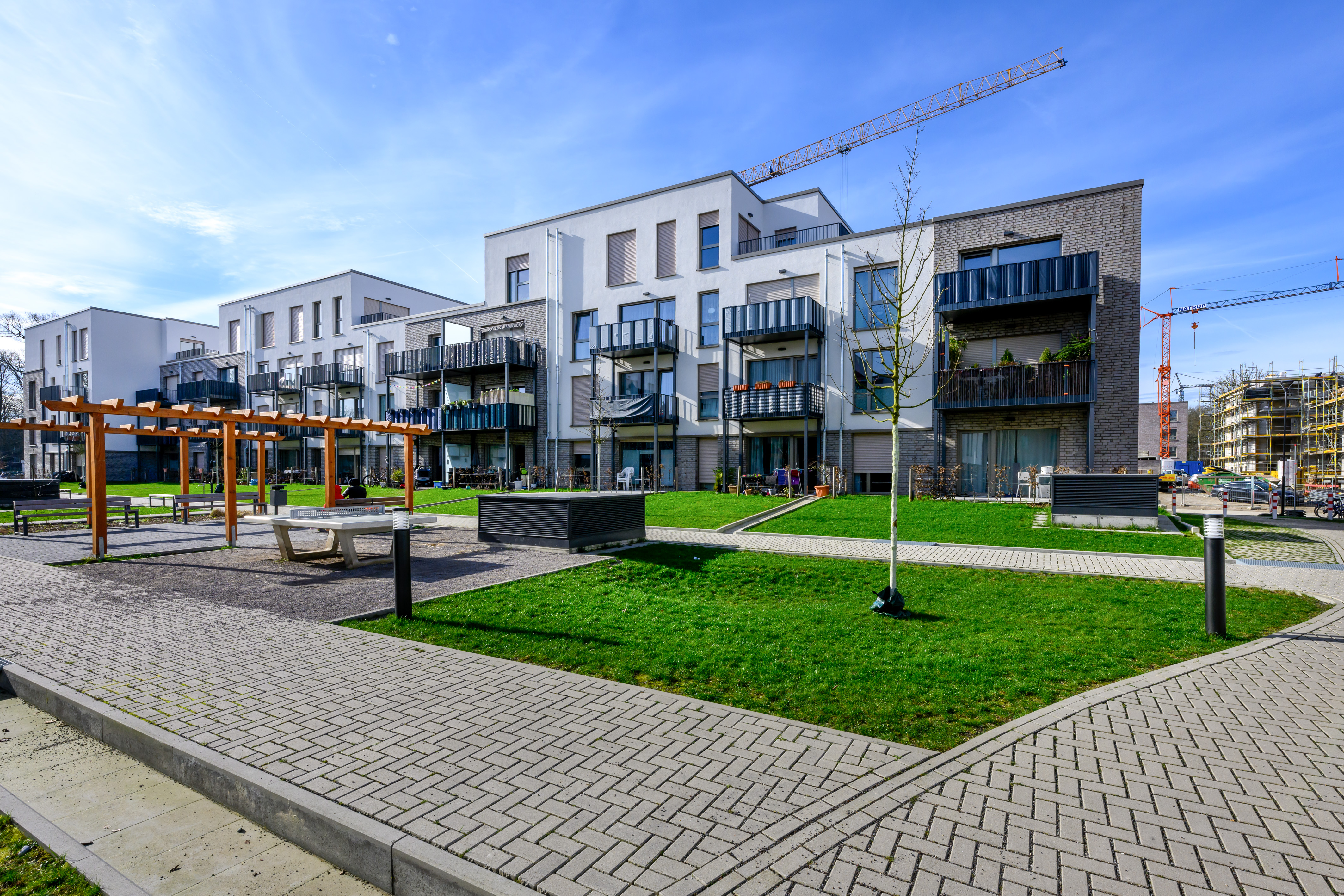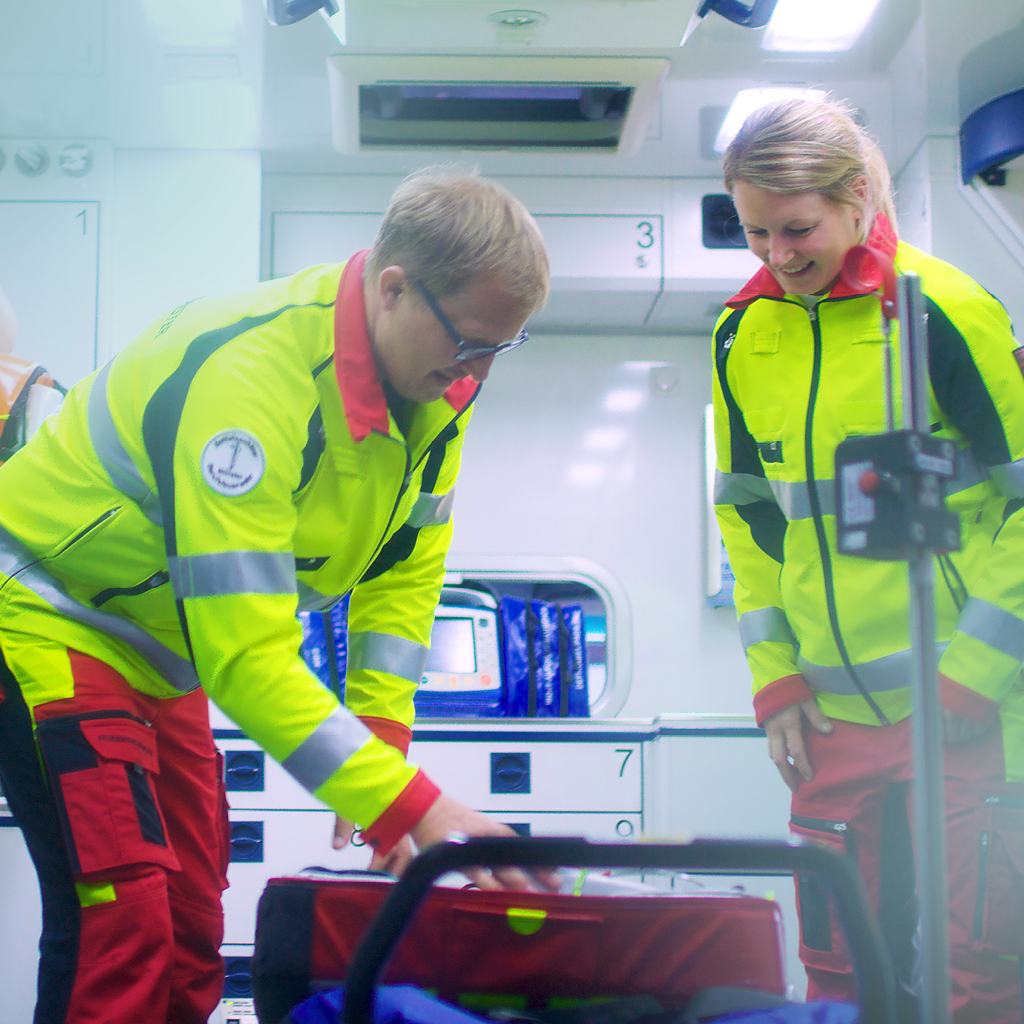Online-Services
In vielen Fällen ist ein Besuch der Verwaltung nicht mehr nötig. Etliche Anliegen können auch online erledigt werden. Hier bieten die Ämter und Einrichtungen alle bislang verfügbaren Online-Services an. Das Angebot ist noch im Aufbau und wird kontinuierlich erweitert.
Münster für mich
Münster in Themen
Münsters Bürgernetz
Auf den Themenseiten arbeitet die Stadt Münster inhaltlich mit dem Verein Bürgernetz zusammen. Dort sind auch nicht-städtische Angebote gelistet.
Die Münster-Mailadresse
Infos zu Nutzungsbedingungen und Registrierung:









